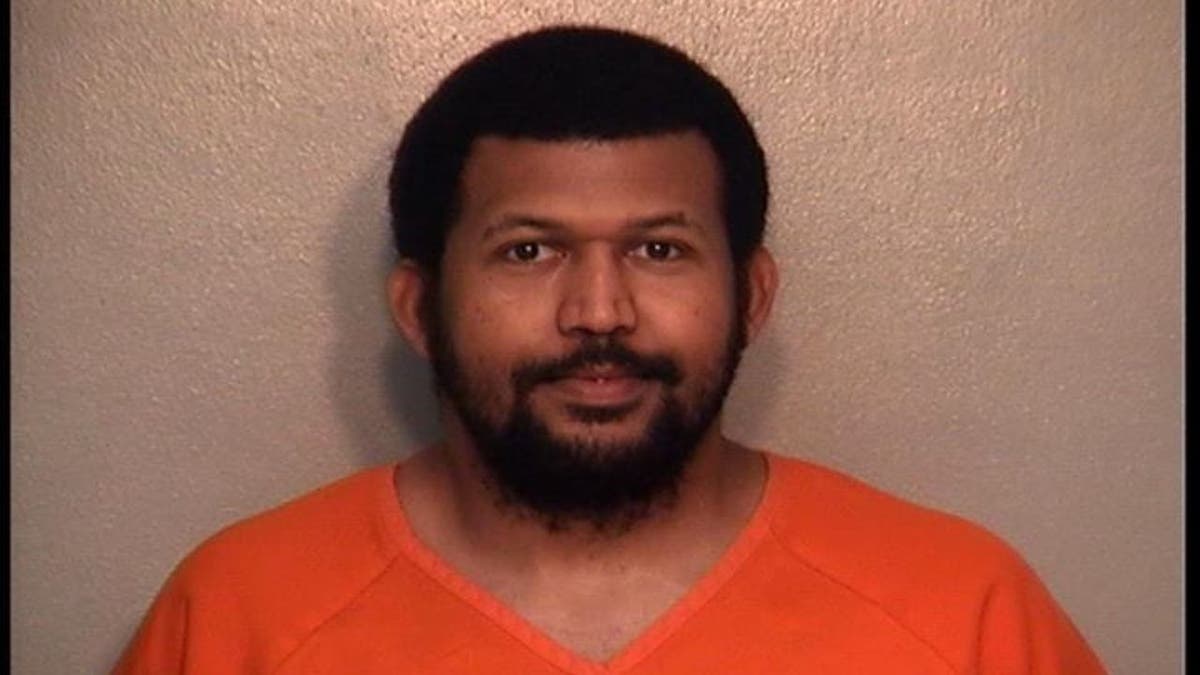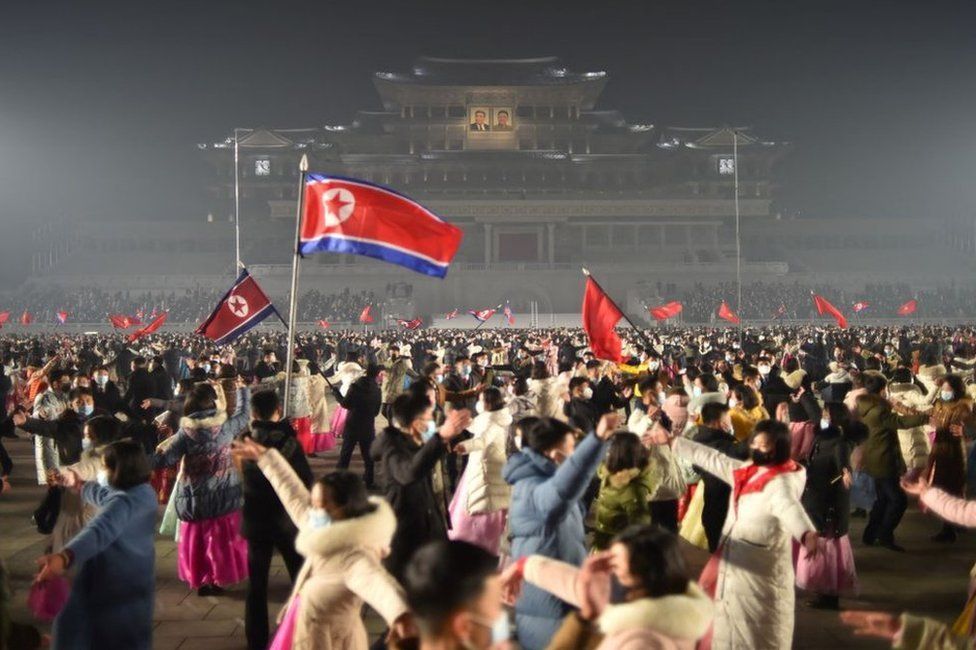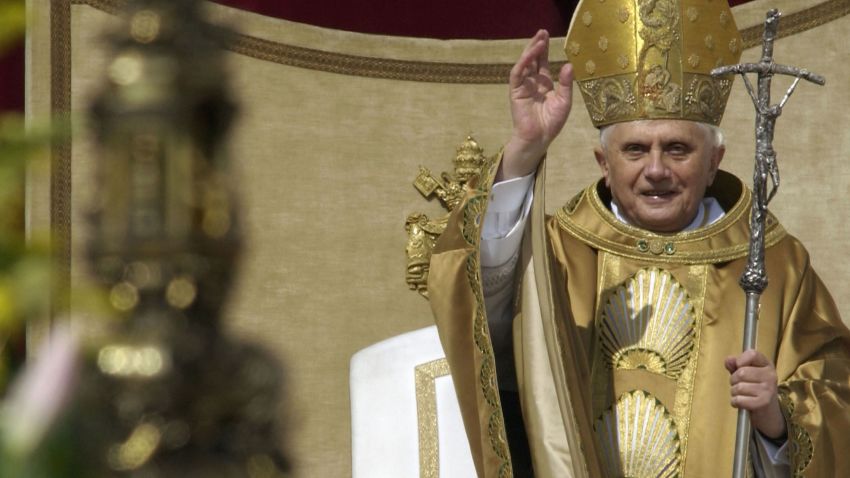CNN
—
Here’s a look at Tibet, an autonomous region within China.
(from National Bureau of Statistics of China)
Area: 1.22 million sq km (approximately 474,000 sq miles)
Capital: Lhasa
Language: Tibetan
Government (China): Governed by the Chinese Communist Party; the head of state is President Xi Jinping.
Government (Exiled): Centered in Dharamsala, India, includes a popularly elected assembly of deputies, ministers, a cabinet chairman (similar to a prime minister).
Tibet is an internationally recognized autonomous region within the People’s Republic of China, though many Tibetans dispute the legitimacy of China’s rule.
Tibet is officially called the Tibet (Xizang) Autonomous Region (TAR).
The Tibet Autonomous Region lies in the Plateau of Tibet, also called the Tibetan Highlands, which also includes portions of China’s Qinghai and Sichuan provinces and the Uygur Autonomous Region Xinjiang. A little more than half of the Plateau of Tibet lies outside of the TAR.
Mount Everest, the highest point on earth, lies on the border between Tibet and neighboring Nepal.
1640 – Güüshi Khan invades Tibet and defeats a regional king.
1642 – Khan enthrones the Dalai Lama as ruler of Tibet. Dalai Lama is the title of the head of the Dge-lugs-pa, or Yellow Hat, order of Tibetan Buddhists.
1792 – Tibet closes itself off to foreign visitors.
1904 – Tibet and Great Britain sign a treaty in Lhasa, ending a brief period of military aggression. The Dalai Lama flees to China. Great Britain’s interest is in securing trade rights and it overcomes Tibetan resistance with force. China is not involved in the treaty negotiation.
April 27, 1906 – Great Britain and China sign a treaty recognizing China’s dominion of Tibet; the treaty is negotiated without any Tibetan participation.
1910 – China attempts to gain physical control of Tibet; the Dalai Lama flees and takes refuge in India.
1912 – China becomes a republic; Tibet declares its independence and expels the Chinese.
July 6, 1935 – Lhamo Dhondup, the future Dalai Lama, is born to a farming family in Taktser, Amdo Province, Tibet.
1938 – Dhondup is removed from his family and taken to the Kumbum monastery after a delegation of monks looking for the new Dalai Lama finds him.
February 22, 1940 – Enthronement ceremony for the 14th Dalai Lama, Tenzin Gyatso, takes place in Lhasa, Tibet.
November 8, 1950 – Chinese soldiers of the People’s Liberation Army invade Tibet at Lhasa.
November 17, 1950 – The Dalai Lama assumes full political power as Tibetan Head of State and Government ahead of schedule. Investiture is moved up from his 18th birthday as a result of China’s invasion of Tibet.
May 23, 1951 – A Tibetan delegation signs a treaty with China, renouncing independence in return for religious and cultural autonomy.
March 1959 – The Dalai Lama, his government, and approximately 80,000 Tibetans flee to India.
1960 – Dharamsala, India, becomes home to the Dalai Lama and headquarters of the government-in-exile of Tibet.
1963 – The Dalai Lama enacts a new Tibetan democratic constitution based on Buddhist principles and the Universal Declaration of Human Rights.
1965 – China establishes the Tibetan Autonomous Region.
1966 – The Cultural Revolution in China begins, resulting in the closure of many monasteries and the secularization of Tibetan society.
May 1977 – The Chinese government makes the Dalai Lama a conditional offer, the opportunity to return to Tibet in return for acceptance of Chinese rule over Tibet. The offer is rejected.
July 1979 – China again invites the Dalai Lama to return on the condition that he recognize Chinese sovereignty over Tibet. The Dalai Lama rejects this offer too.
1980 – China begins a series of reforms in Tibet, encouraging economic development, reserving a majority of government posts for Tibetans, and requiring Chinese workers in Tibet to learn the Tibetan language.
March 1989 – A march to demand Tibetan independence mushrooms into a two-day riot, resulting in the Chinese government’s declaration of martial law. The official death toll is 16, though the actual death toll is reported to be as high as 256.
April 30, 1990 – The Chinese government lifts martial law.
1993 – Representatives of the Dalai Lama begin a decade of on-and-off talks with the Chinese government concerning autonomy in Tibet.
July 1, 2006 – The China-Tibet railway begins regular service; the rail line terminates in Lhasa. Critics condemn the railway as a tool for diluting Tibetan culture.
March 10, 2008 – Buddhist monks stage the first of four days of protest marches in Lhasa to commemorate the failed 1959 uprising against the Chinese government.
March 14, 2008 – Four days of protest marches end in bloodshed. Tibetans say the situation escalated to violence when Chinese police beat monks who had been protesting peacefully; Chinese authorities claim Tibetans launched attacks on Chinese businesses. Officially the death toll is under 20; Tibetans in exile say the death toll is near 150.
March 15, 2008 – China closes Tibet off to foreigners. The closure effectively ends the climbing season on the Tibetan side of Mount Everest; the climbing season spans April, May and the beginning of June, with the primary window of opportunity taking place in mid-May.
March 18, 2008 – The Dalai Lama says in an interview that he would step down as leader of Tibetan exiles if violence in Tibet were to get out of control.
April 2008 – Summer Olympic torch relay rallies in London, Paris and San Francisco are interrupted by demonstrations protesting China’s treatment of Tibet.
April 2008 – In Tibet, 30 people are convicted of arson, robbery and attacking government offices in connection to the March violence. They receive prison sentences ranging from three years to life.
May 8, 2008 – The Olympic flame reaches the summit of Mount Everest at 9:18 a.m. (9:18 p.m. ET May 7). Of the 31 climbers who carry the flame up Mount Everest, 22 are Tibetan. Five torchbearers, three Tibetan and two Han Chinese, carry the torch to the summit, and Tsering Wangmo, a 23-year old Tibetan woman, carries the flame atop the peak. Concurrently, the main Olympic flame makes its way across China as part of the host country’s relay.
June 12, 2008 – The Dalai Lama urges his supporters not to cause trouble when the Olympic torch passes through Tibet; he also reiterates a general plea for his supporters not to target the torch or the Olympic Games.
June 21, 2008 – The Olympic torch passes through Lhasa without incident.
June 25, 2008 – Three months after closing Tibet to foreigners, the Chinese government reopens the region to tourists.
January 2009 – Tibetan lawmakers declare March 28 a holiday to mark the day China says one million people were freed in 1959 from serfdom, according to state media.
March 2009 – Near the first anniversary of the riots and 50th anniversary of the failed Tibetan uprising, a monk sets himself on fire in Sichuan Province. He is shot at by police according to human rights groups. State media claim the monk was transported to a hospital as soon as the flames were extinguished. Foreign tourists are banned from Tibet during March.
March 2010 – A government chosen, approved and groomed Panchen Lama, successor to the Dalai Lama, is appointed by the Chinese government. The Panchen Lama chosen by the Dalia Lama is denounced by Beijing as invalid as he was not chosen according to tradition.
February 2010 – China summons US Ambassador Jon Huntsman to express its “strong dissatisfaction” of a meeting between the Dalai Lama and US President Barack Obama.
October 2010 – Tibetan students protest the Chinese government overhaul of Tibet’s school system that limits the use of the Tibetan language in schools.
March 10, 2011 – The Dalai Lama announces he plans to retire as political head of the Tibetan exile movement.
March 16, 2011 – Monk Phuntsog sets himself ablaze in protest on the third anniversary of the 2008 demonstrations.
April 27, 2011 – The Tibetan government-in-exile announces that Lobsang Sangay has been elected Tibetan Prime Minister, with 55% of the vote.
May 29, 2011 – The Dalai Lama approves amendments to the exiled constitution, formally removing his political and administrative responsibilities. He remains the spiritual leader.
August 15, 2011 – Monk Tsewang Norbu, 29, an activist, sets himself ablaze, calling for Tibetan freedom.
February 2012 – The International Campaign for Tibet in Washington says 22 monks, nuns and other Tibetans have set themselves on fire in the last year alone, in protest of Chinese rule.
March 26, 2012 – Jampa Yeshi, 27, a Tibetan protester, sets himself alight in New Delhi ahead of Chinese President Hu Jintao’s visit to India. He is hospitalized with burns on 90% of his body and later succumbs to his injuries on March 28.
July 17, 2012 – Lobsan Lobzin, an 18-year-old Tibetan monk, sets himself on fire in a monastery in China’s Sichuan province, according to the Central Tibetan Administration.
August 13, 2012 – Two Tibetans set themselves on fire in Sichuan province. The Tibetan Centre for Human Rights and Democracy (TCHRD) named the two Tibetans as Lungtok, a monk from the restive Kirti monastery in southwest China, and an ordinary citizen named Tashi.
February 13, 2013 – An unidentified Tibetan man sets himself ablaze in Katmandu, Nepal, near a major Buddhist structure. His actions coincide with the Tibetan festival of Losar, or New Year.
February 2014 – According to Tibetan advocacy groups, there have been at least 125 self-immolations by Tibetans in the last five years.
April 25, 2015 – A 7.8-magnitude earthquake strikes Nepal killing more than 8,000 people. China’s state-run Xinhua news agency reports 25 deaths in neighboring Tibet. Weeks later on May 12, another major earthquake strikes Nepal, killing at least 94 people, including a woman in Tibet.
March 23, 2018 – US President Donald Trump signs the Consolidated Appropriations Act of 2018 into law, which approves continued and additional funding for Tibetan communities inside Tibet, as well as exiled Tibetans in India and Nepal.
December 9, 2022 – The US Treasury Dept. announces sanctions against two Chinese officials over alleged human rights abuses in Tibet. On December 23, China announces sanctions against two US citizens and their family members in retaliation.



















